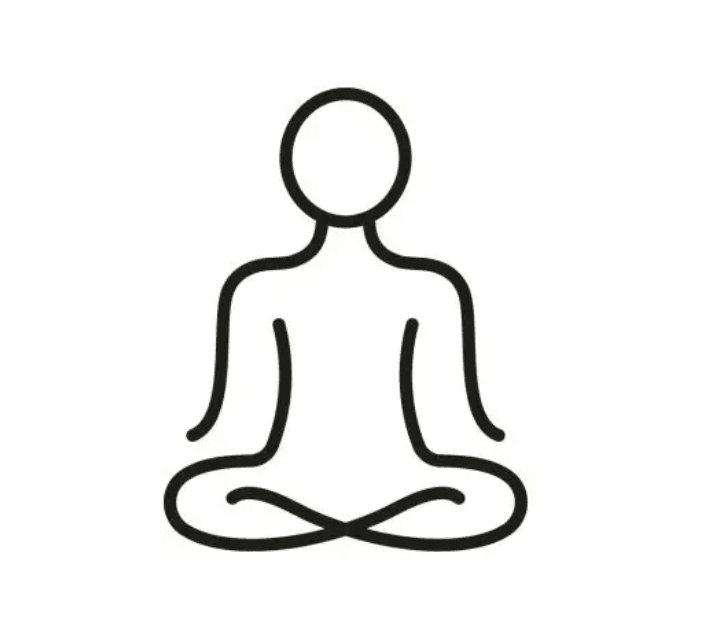
In an article in Yoga Journal, Muslim yogis noted that there are many parallels between yoga and Islam. Both practices involve prayer, meditation, and ritual fasting. Another article from Al-Madina suggests that the prayer of Islam, called salat, is the highest form of yoga. The article explains that finding peace through spiritual consciousness from the body to the heart is most prominently realized in salat.
Throughout the day, Muslims perform repeated movements of stretches and light strengthening exercises through prayers that are prescribed throughout the day, starting first at dawn. These movements are akin to yoga poses and they stimulate the spirit, mind, and body. The day then continues with short refreshing intermissions of prayers that extend the benefits throughout the day. The Arabic names for the Sanskrit poses are:
- Takbir & Qiyam (glorification and standing)
- Tadasana (Mountain pose)
- Ruku (bowing)
- Ardha Uttanasana (Half standing forward bend)
- Julus (sitting position)
- Vajrasana (Thunderbolt Pose)
- Sujud (prostration)
- Utthita Balasana (Extended Child’s Pose)
In yoga terms Muslims praying five times a day would have completed 34 Tadasana - Mountain pose, 17 Ardha Uttanasana - Half standing forward bend, 34 Nataprarthanasna - Kneeling prayer position, and 34 Utthita Balasana - Extended child pose. As it is encouraged to do optional prayers, this number could easily be doubled or tripled!
The movements practiced during prayer are very nuanced as even small muscles in the fingers and toes are stretched. These movements affect balance, posture, and strength, improving functional daily movement. When learning to pray, a lot of emphasis is made on placement of the body. Like when doing yoga poses, prayer poses done correctly allows Muslims to maximize the benefits of the prayer. An examination of salat shows that it provides more than building closeness to God. It is also a gift in health to those that practice it daily.
Additional reading:

